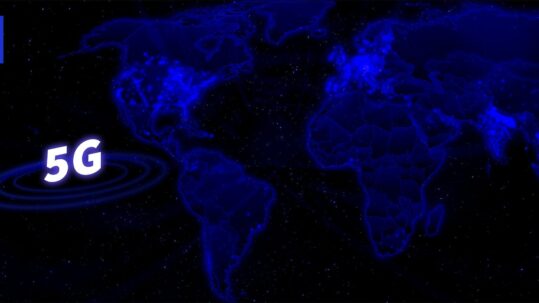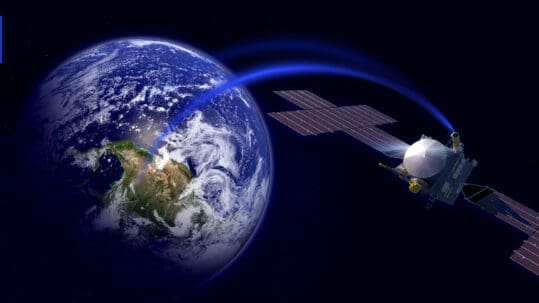5G in 2025: Progress, Promises, and the Path Ahead
Liquid cooling was not commonly used in telecommunications; however, in recent years, it has generated significant marketing buzz. In this article, we aim to clarify the current state of this new tech...
26 May, 2025




